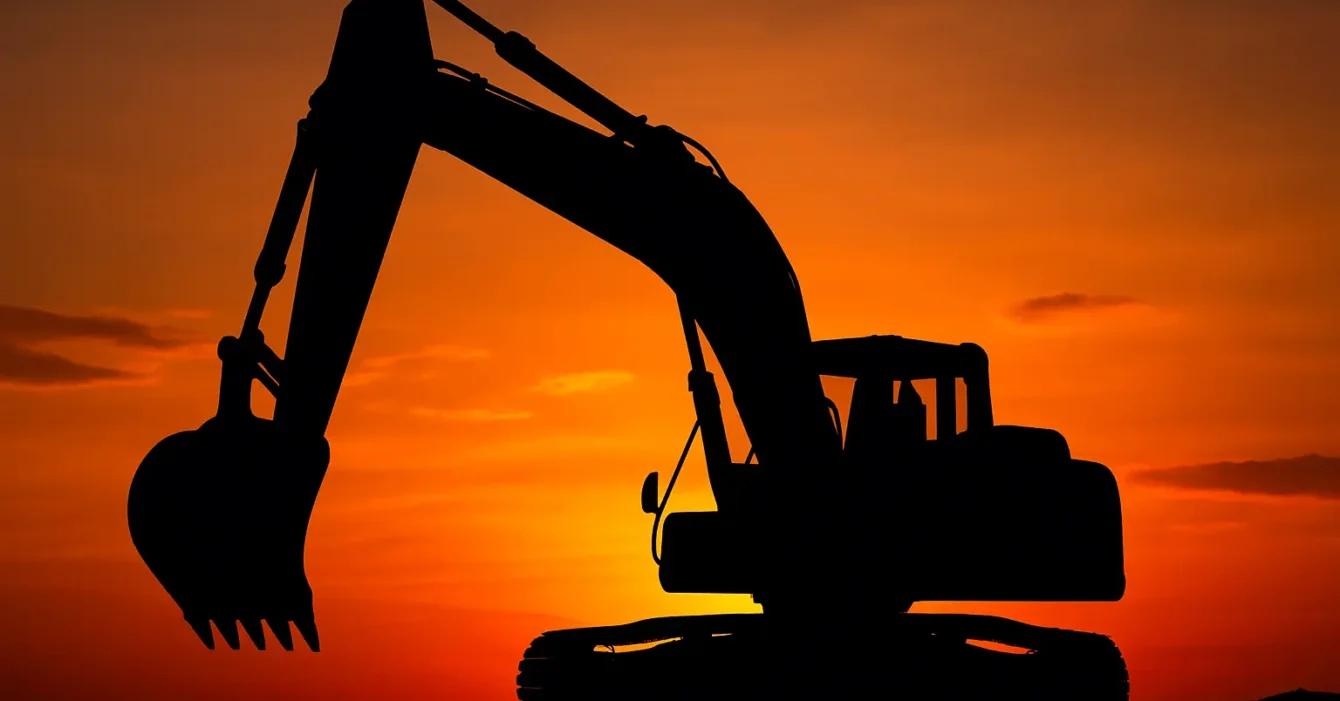Excavators are powerful machines that do some of the toughest jobs on a construction site. Whether it’s digging a deep trench, lifting heavy concrete blocks, or clearing a patch of land, these machines handle tasks that would take many people days to complete by hand. But what really makes an excavator so efficient and reliable isn’t just its size or power—it’s how all the different parts inside it work together like a well-practiced team.
Think of it like a cricket match. You can’t win with just one star player. You need the bowler, the batsman, the fielders, and even the wicketkeeper to do their jobs well. In the same way, an excavator has many important components—like the engine, hydraulic system, boom, arm, bucket, swing motor, tracks, and even electronics—all working in perfect sync. If even one part starts underperforming, the whole machine can feel sluggish or unstable.
In this blog, we’ll take a closer look at how these different parts of an excavator work together. We’ll explain each system in simple language and show why it’s important to keep every part in good condition. If you’ve ever wondered what really goes on inside an excavator or why regular maintenance is such a big deal, this guide will give you a clear, practical understanding.
The Engine: The Heart of the Excavator
The engine is the main power source. Without it, nothing works. It runs on diesel fuel and creates the energy that powers everything from the tracks to the hydraulic system. If we compare the excavator to a human body, the engine is like the heart. Most excavators have engines that produce between 100 to 500 horsepower depending on size. Keeping the engine in good shape with regular oil changes and filter cleaning helps avoid big breakdowns later.
The Hydraulic System: The Muscles of the Machine
The engine alone can’t lift heavy loads. That’s where hydraulics come in. This system uses pressurized oil to move the boom, arm, and bucket. It's like the muscles of the excavator. When the operator pulls a lever, hydraulic oil flows through pipes to move the parts. If the oil is dirty or low, the whole system slows down. That’s why checking and changing hydraulic oil is super important.
The Boom, Arm, and Bucket: The Tools That Do the Work
These three parts are the most visible. The boom is the first long arm that sticks out of the body. The arm is attached to the boom and reaches further out. The bucket sits at the end and scoops up dirt, rocks, or sand. Think of it like your shoulder (boom), elbow (arm), and hand (bucket). These parts need to stay tight and smooth. If the pins and bushings connecting them wear out, the machine starts to feel loose and less accurate.
The Swing System: Turning Left and Right
Once the boom lifts something, the excavator needs to swing around to move it. The swing system allows the upper body of the excavator to rotate 360 degrees. This is what makes the machine so flexible. A swing bearing and motor work together to turn the body smoothly. If the swing motor gets weak or if there's too much friction, rotation becomes slow or jerky.
The Undercarriage: The Feet That Move the Machine
The undercarriage is what helps the excavator move from one place to another. It includes the tracks, rollers, idlers, and sprockets. These are the legs and feet of the excavator. If the tracks are too tight or filled with mud and stones, they wear out faster. That’s why daily cleaning and track tension checks are part of every operator's job.
Operator's Role: The Brain Behind the Machine
The operator sits inside the cabin. From here, they control everything using levers, joysticks, and pedals. The cabin is designed to be comfortable and safe. It includes things like a seat belt, glass windows, and sometimes air conditioning. The better the visibility and comfort, the better the operator can do their job without making mistakes.
Electronics and Sensors: The Smart Assistants
Modern excavators are smarter than ever. They have sensors that measure angles, load weight, fuel usage, and more. Some even come with GPS and auto-leveling features. These systems help the operator work faster and safer. But like all electronics, they need updates and maintenance to work properly.
Why It All Needs to Work Together
If one part fails, the whole machine struggles. For example, if the hydraulic system is strong but the pins in the arm are worn out, the bucket won’t move properly. Or if the engine is fine but the undercarriage is damaged, the machine won’t move at all. Every part depends on the others to keep the machine running smoothly.
An excavator is not just one big machine, but a team of parts working together. If one part gets ignored, the whole system gets weaker. By understanding how each part works and giving it the care it needs, we keep the machine strong, safe, and efficient. Regular checks, proper greasing, cleaning, and timely part replacements can save lakhs in repair costs. And just like a good team coach, your job is to keep every player in shape. This is heading element

